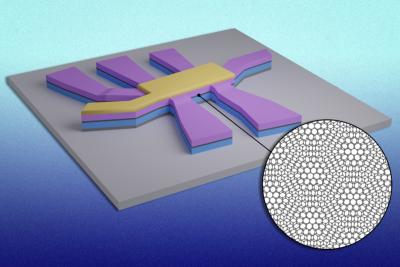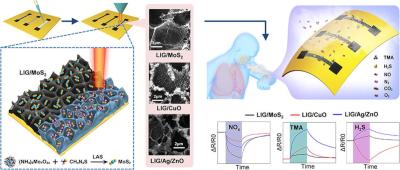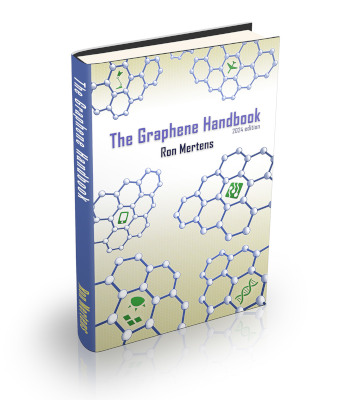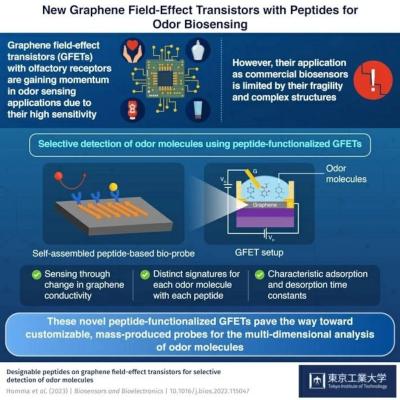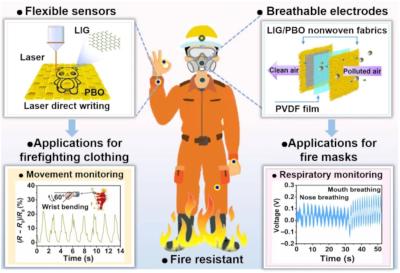Graphenea takes part in effort to achieve ultrasensitive detection of SARS-CoV-2 spike protein using graphene field-effect transistors
Researchers from Graphenea, Ikerbasque, BCMaterials, Center for Cooperative Research in Biomaterials (CIC biomaGUNE) of the Basque Research and Technology Alliance (BRTA), University of the Basque Country UPV-EHU, University of Trieste and Universidade da Coruña recently reported a graphene field effect transistors (GFET) array biosensor for the detection of SARS-CoV-2 spike protein, using the human membrane protein involved in the virus internalisation: angiotensin-converting enzyme 2 (ACE2).
By finely controlling the graphene functionalization, by tuning the Debye length, and by deeply characterizing the ACE2-spike protein interactions, the team managed to detect the target protein with an extremely low limit of detection (2.94 aM).



